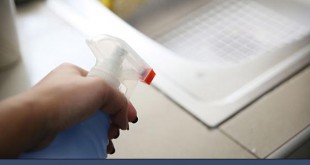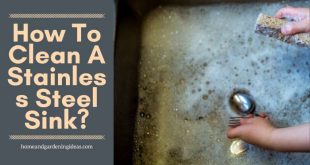Natural and Simple Solutions to Rid Your Home of Mold and Mildew
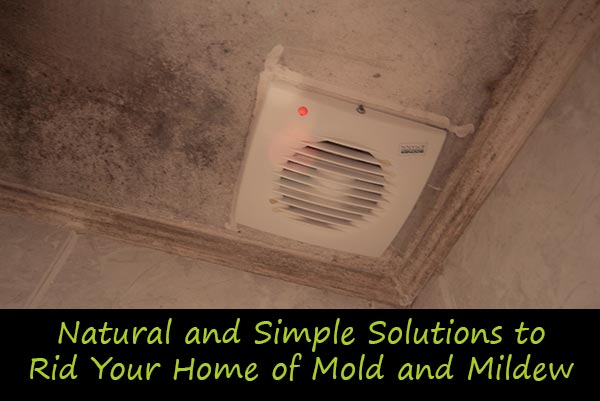
There is nothing worse than the growth and smell of mold and mildew. These two pests are not only real health hazards, but they fuel the imagination to no end -yuck! Here are some things to consider when evaluating your mold and/ or mildew situation:
Know the Difference
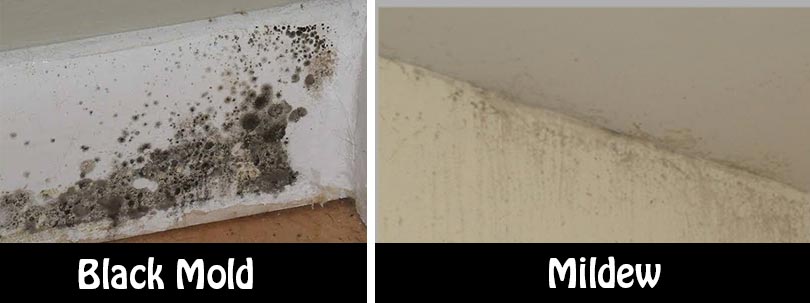
- Black mold is black, fuzzy, and hair-like. The color is different in intensity depending upon how thick it has grown. This is the bad stuff.
- Mildew is common, grows on flat surfaces, has a “downy” appearance, starts out whitish in color, and then it turns yellowish. Mildew has an unpleasant, musty smell, but it is not toxic. That being said – it is not helpful for allergy or asthma sufferers.
Understanding The Source
- The most common area to find both black mold and regular mildew is in the bathroom. Basements and other places with the right conditions can also be treated by considering the source – moisture.
- One master tile worker explains: “Black mold needs 3 elements to live and survive. Moisture, food source and the proper environment. For example, mold will have all three in a leaking shower.
- Moisture from your leaking shower.
- A food source from all the organic materials in your shower, soaps, conditioners and shampoos from your hair and body oils, etc..
- Third is the environment you are providing in your warm shower, you are providing the heat source for continued growth.
The Solution – Eliminate the Source
-
- If you are building new, avoid mold problems from the start, and if you find you have black mold, it must be removed, which could involve mold removal.
- What to Consider:
- It is up to the shower or tub installer to properly prepare the subfloor, or whatever surface is to receive the tiled finish. This stops water from penetrating the waterproofing, which then accumulates and results in mold. This system is called a water in, water out system.
Mildew: Do’s and Don’ts
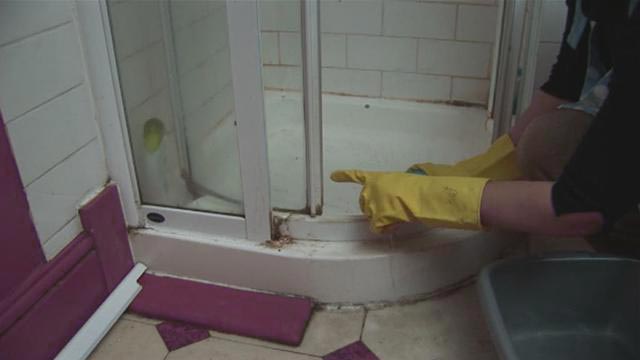
- Remember – mildew can be dealt with topically, and here are three ways to control it without hurting you or the environment: 1)baking soda and vinegar, 2)essential oils, 3)humidifier.
-
- Supplies (use same for all methods)
- Sponge and/ or scrub brush
- Cotton or microfiber cloths
- Rubber gloves
- Method 1:
- If the mildew is difficult to remove, use baking soda as an abrasive mixing it with a small amount of water until you form a paste.
- Work the paste into the moldy areas using a scrub brush or a sponge and let it dry.
- Rinse the leftover dried baking soda powder with plain white vinegar.
- Once you’ve removed the serious problem, prevent mildew by regularly spraying the affected area with straight white vinegar.
- Method 2: You cannot tolerate the smell of vinegar – okay, try baking soda and essential oils; such as, clove, orange; rosemary, eucalyptus or tea tree; thyme; lemon or lemongrass; and peppermint or citronella.
-
- Use the baking soda step from Method 1
- Clean with a mixture of the essential oil you prefer mixed with water
- Five drops per 8 oz. of water makes a nice strong solution
- Once clean, maintain by spraying with the essential oil solution
-
- Method 3: Dehumidifier
- Dehumidifiers reduce humidity levels, and this lessens one of the main sources for allergens such as dust mites, mold, and mildew.
- Supplies (use same for all methods)
-
Its’ best to build with the best materials and installers to avoid mold and mildew, but these simple and natural solutions will help you no matter what the situation.
 Home and Gardening Ideas At home and Gardening ideas we believe inspiring readers about homesteading, self sufficiency
Home and Gardening Ideas At home and Gardening ideas we believe inspiring readers about homesteading, self sufficiency

